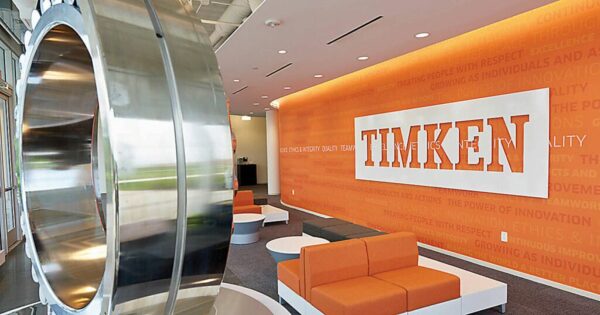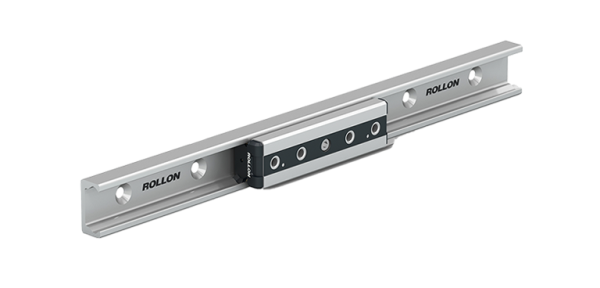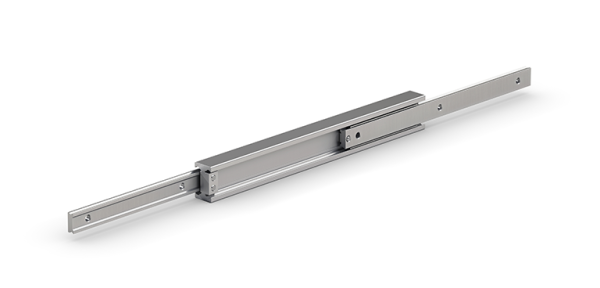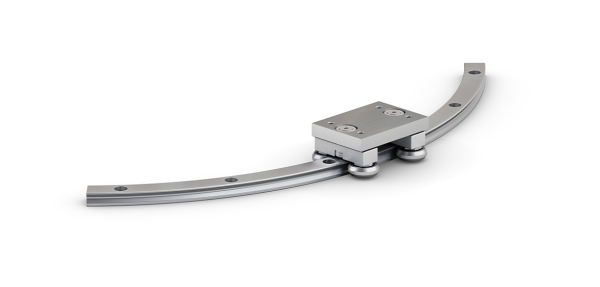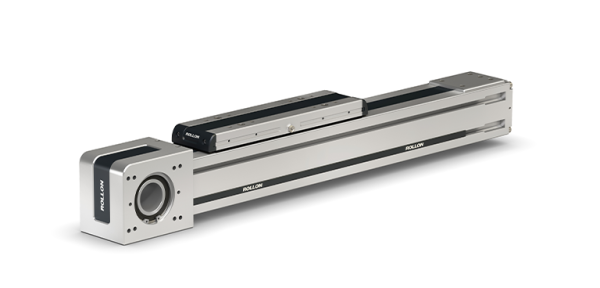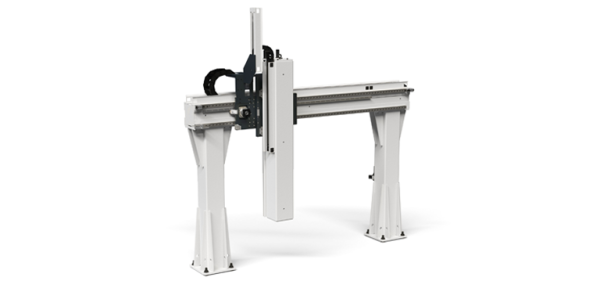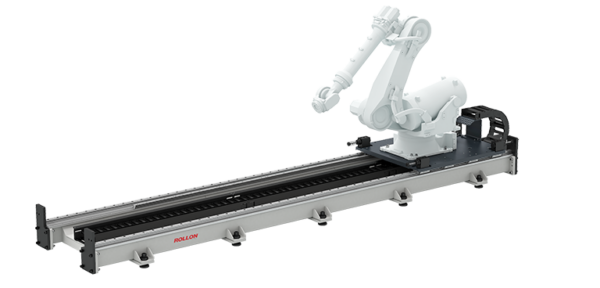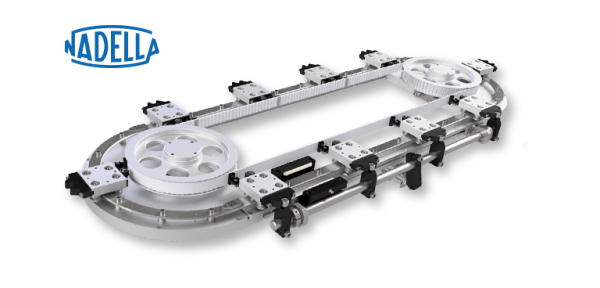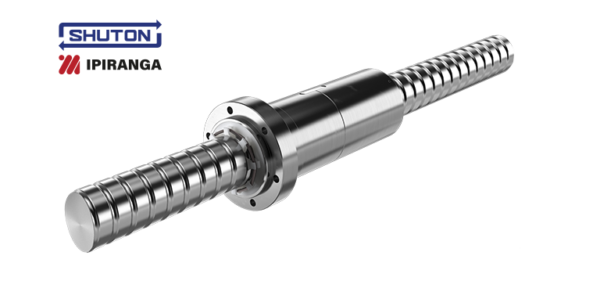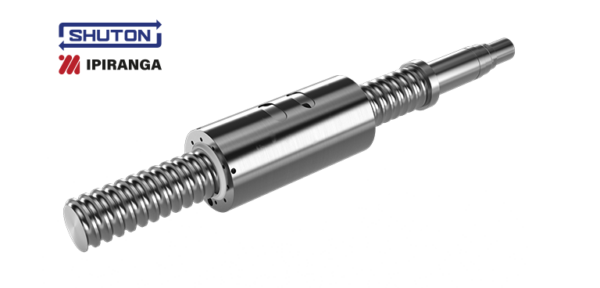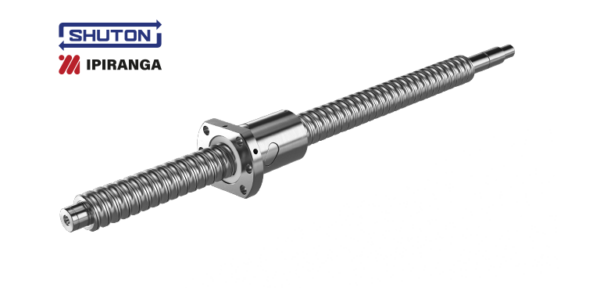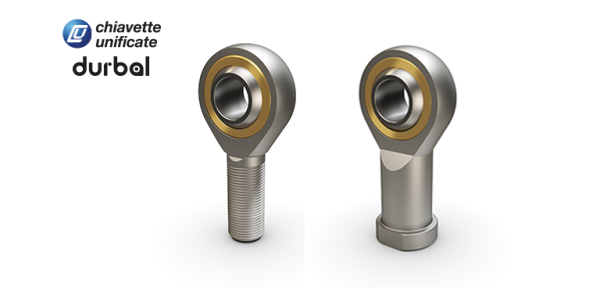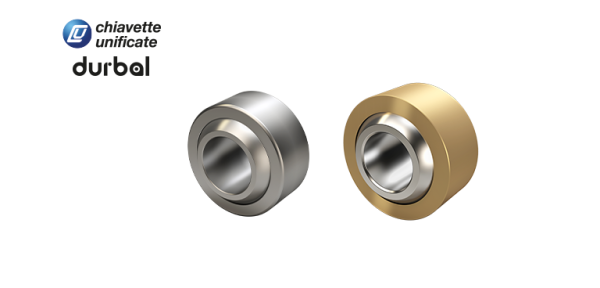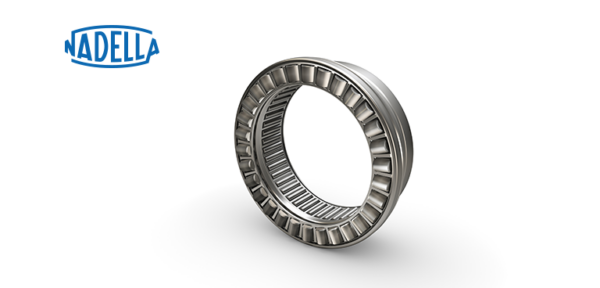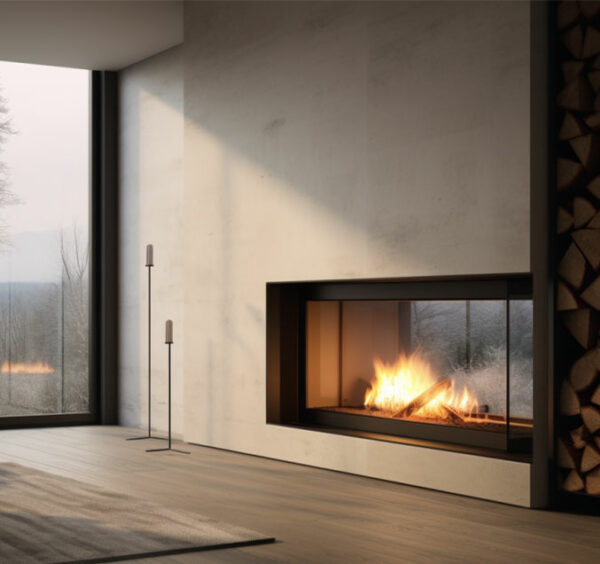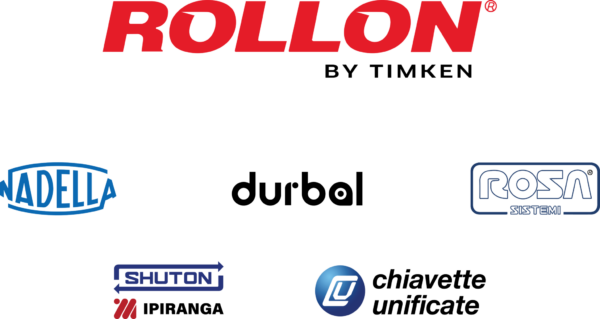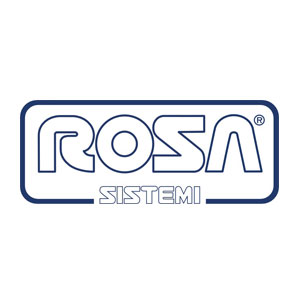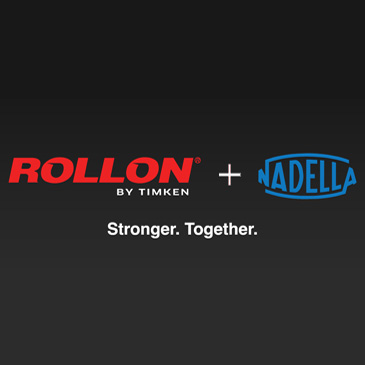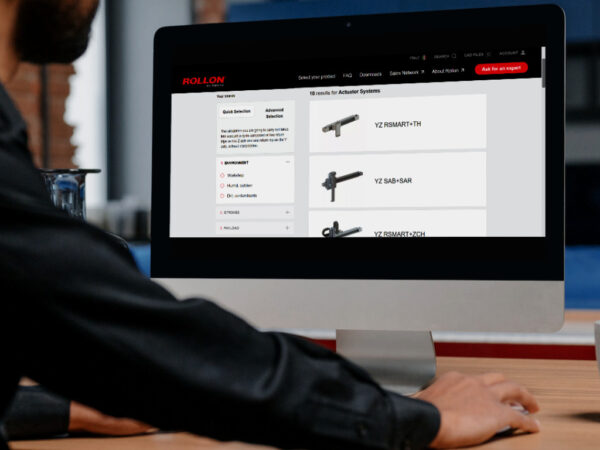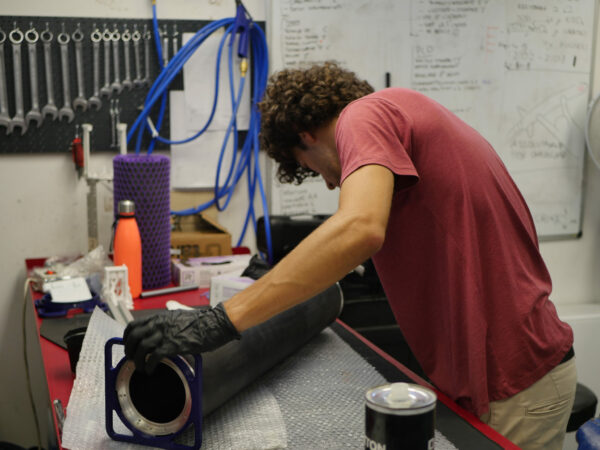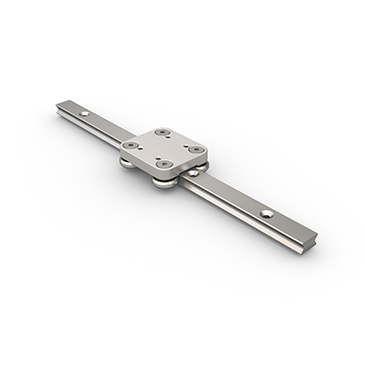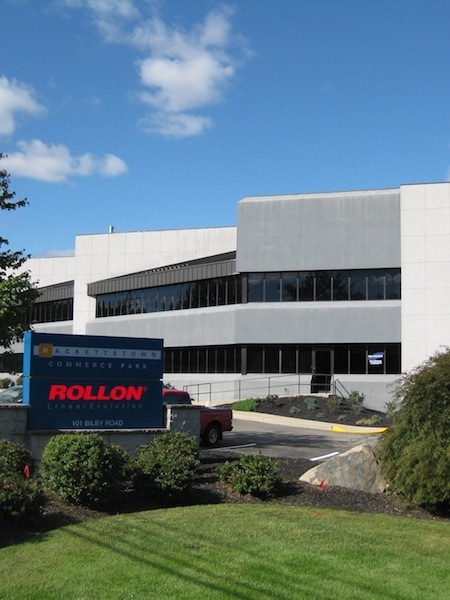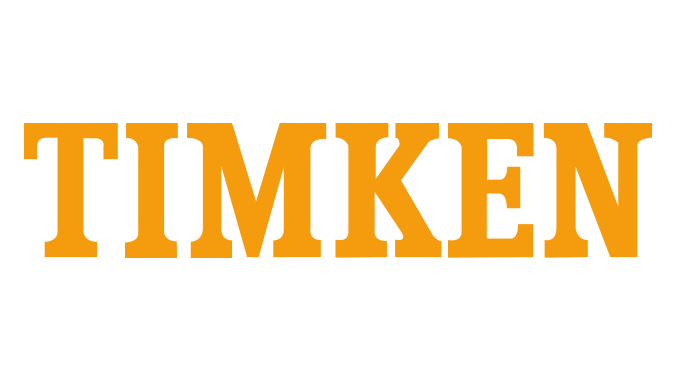For a case in point, consider what’s involved when switching from a ball-rail linear guide to Rollon’s Compact Rail.
The Compact Rail can replace any similarly sized ball-rail guide within the size, load and accuracy constraints described in the last post. Think of Compact Rail as a potential replacement for ball-rail guides.
We say “potential” because there is a difference in mounting pitch. While ball-rail guides typically have 50- or 100-mm mounting pitch, Rollon’s roller-style Compact Rails have an 80-mm pitch. With just a few minutes of CAD work, this difference is easily accounted for during the design stage. If a machine frame has already been prepped for a 50- or 100-mm pitch, the process of switching to Compact Rail would take more effort because custom made interface plates and brackets would be required.
There is an aspect to Compact Rail installation, however, that offsets any minor difficulties related to mounting pitch. Because it can self-align, Compact Rail does not require truly parallel mounting surfaces. In fact, it can tolerate large frame misalignments without losing an iota of performance or suffering from additional wear.
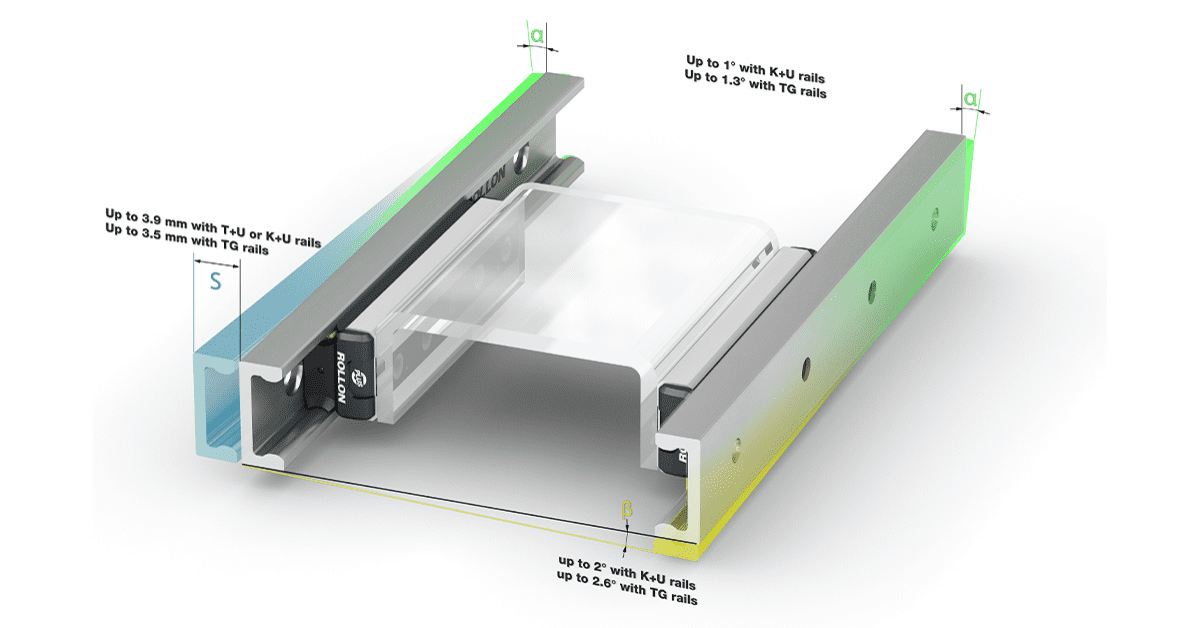
How large? On rails 500 mm apart, for example, the Compact Rail system can tolerate rail height differences up to 20 mm. The system can also soak up misalignment in the horizontal axis–or when the rails toe in or toe out. The largest Compact Rail size can adjust to horizontal misalignments of nearly 4 mm over a 4080 rail length. The system can also accommodate angular misalignments up to +/- 2 degrees.
With ball-rail guides, the need to achieve parallelism during installation is one of the big cost drivers associated with the installation process. Mounting surfaces need to be ground or lapped carefully. And installers must go through the exacting–and expensive–process of shimming and bolting linear guides to the frame in a bid for near perfect parallelism.
In contrast to the exacting installation requirements for ball-rail guides, the Compact Rail typically adapts to the machine structure with a bit of screw tightening.This self-adjusting system does not require anything close to perfect mounting surfaces to work well. And that can be worth a lot more money than moving a few mounting holes.


